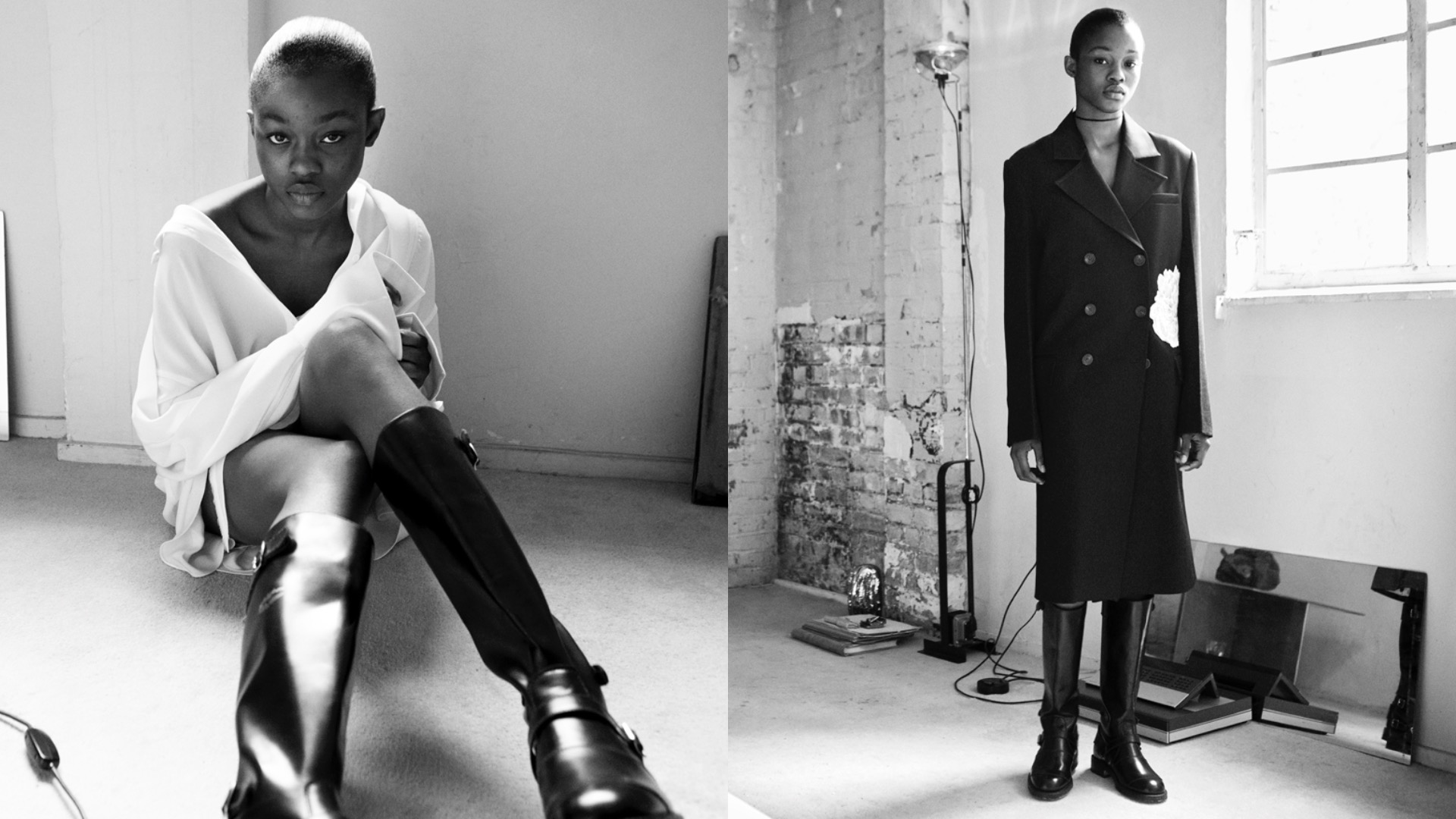This story originally appeared in i-D’s Out Of The Blue issue, no. 366, Winter 2021. Order your copy here.
It was back in 2017, in what feels now like ancient times, that Peter Do (it’s pronounced ‘dough’) first floated the idea of starting a brand to a small group of friends he’d met on the internet, via Tumblr and Instagram. An, Jessica, Vincent, Lydia and Peter – the five founders of the NYC– based brand – came together IRL to discuss details of catwalk imagery and their day jobs in fashion (as well as their frustrations with them), over glasses of wine and late-night dinners. What would their fashion house look like? Lunch would be eaten together, for a start. And clothes – really well-made, interesting-to-look-at, easy-to-wear clothes – would be the star of the show.
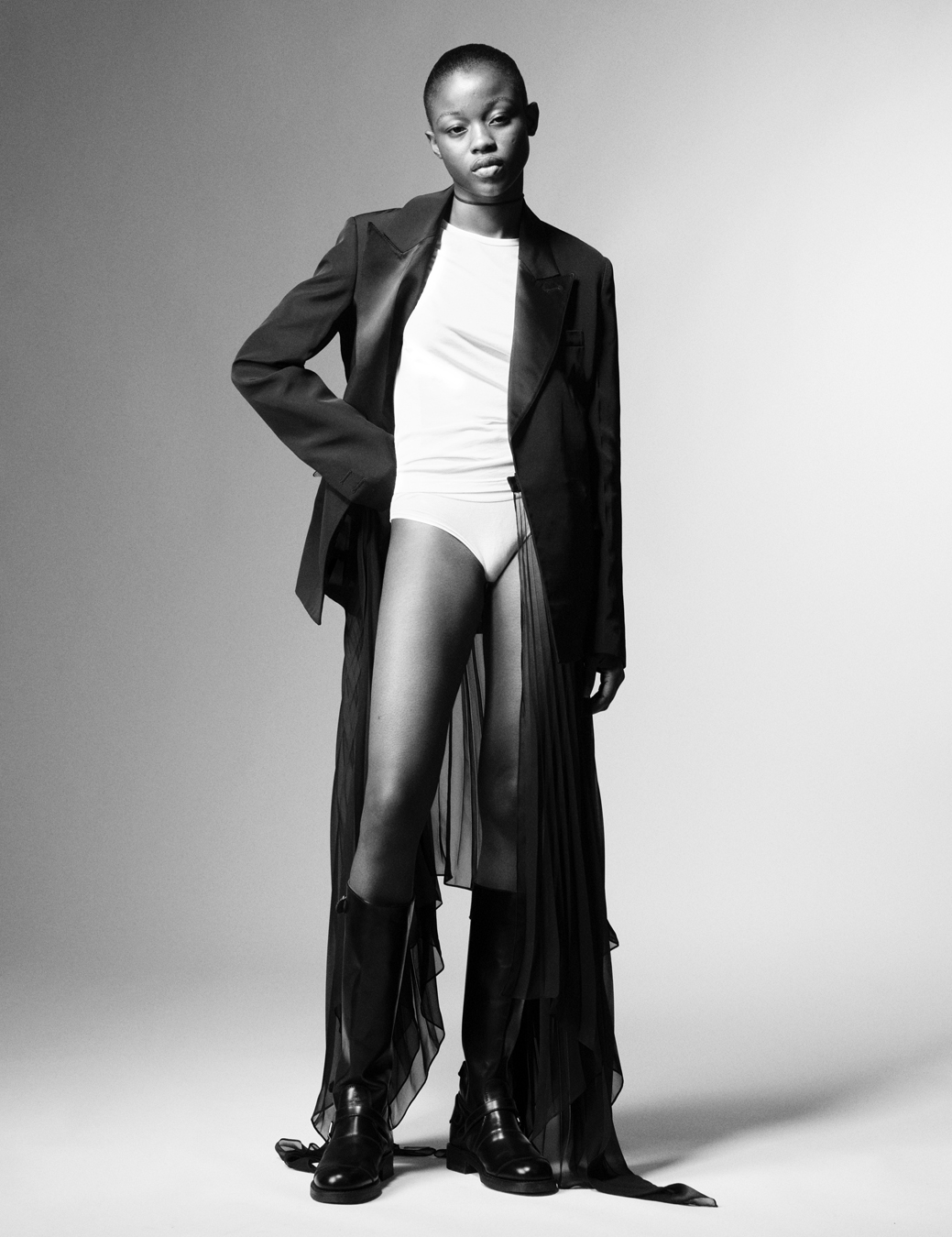
It sounds like a no-brainer, and it was. Four years later Peter Do has captured the attention of the fashion industry, from social media influencers to blue-chip luxury retailers. He’s become one of the most feted and confident voices in the fashion landscape, even though the label remarkably only just staged its first show, aptly titled Home. The pandemic is to blame for that, of course, but the delay has been a blessing in disguise. There’s nothing quite like the anticipation of a fashion week debut, especially when we know that it’s going to be really, really good.
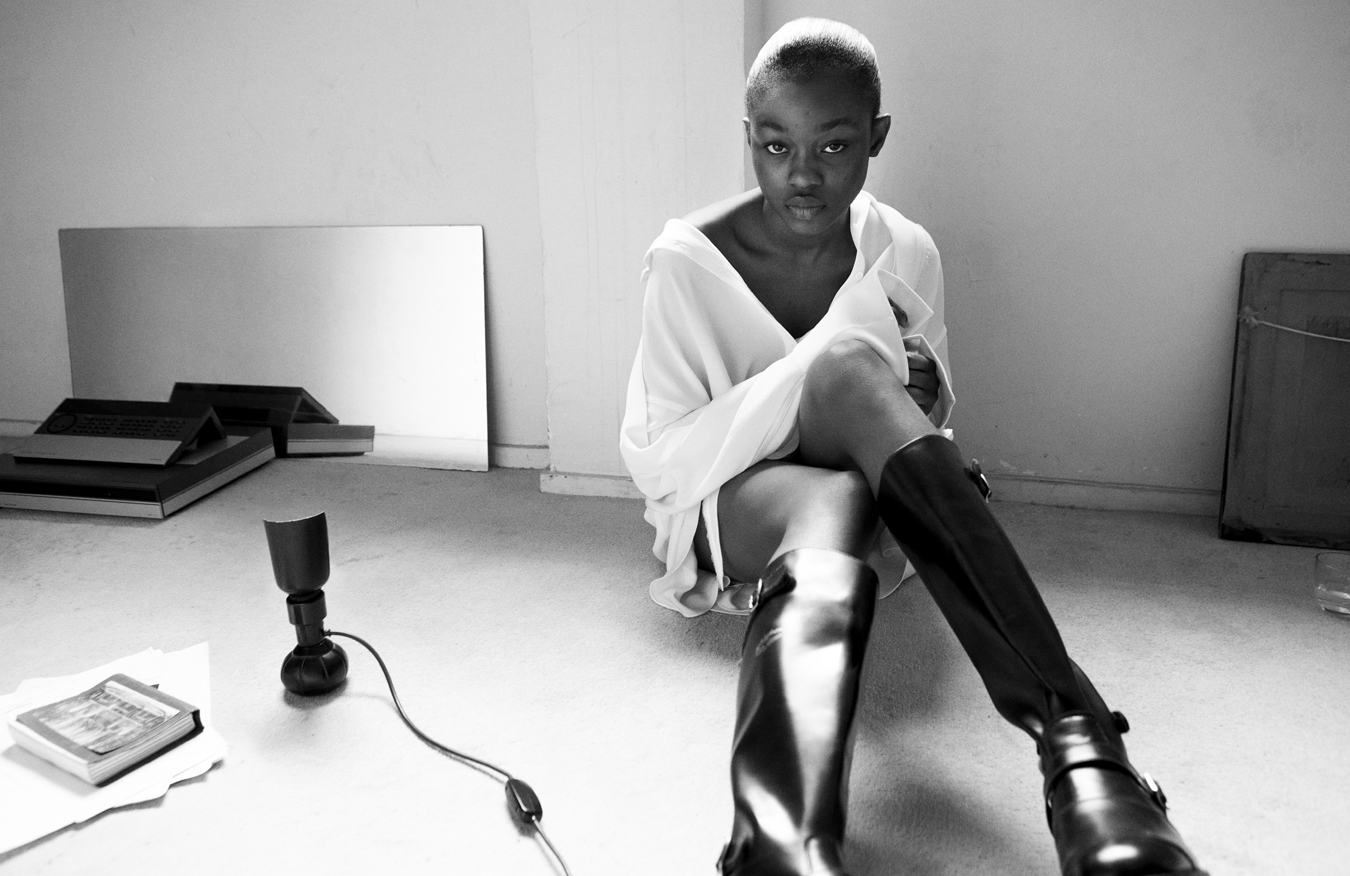
That sense of occasion wasn’t lost on Peter, who so far had managed to sidestep fashion’s cult personality, and let his work speak for itself. Women love his clothes, but the fashion industry loves a neatly-packaged storyline in a show. “There was a lot of things I wanted to say, but I couldn’t get out of my head,” Peter explains a few weeks later, once the adrenaline rush of his first catwalk outing had simmered. “I think that’s what we wanted the Peter Do collection to be. I wanted to reduce it to the very essence of who we are, almost like how you might reduce a broth down.”
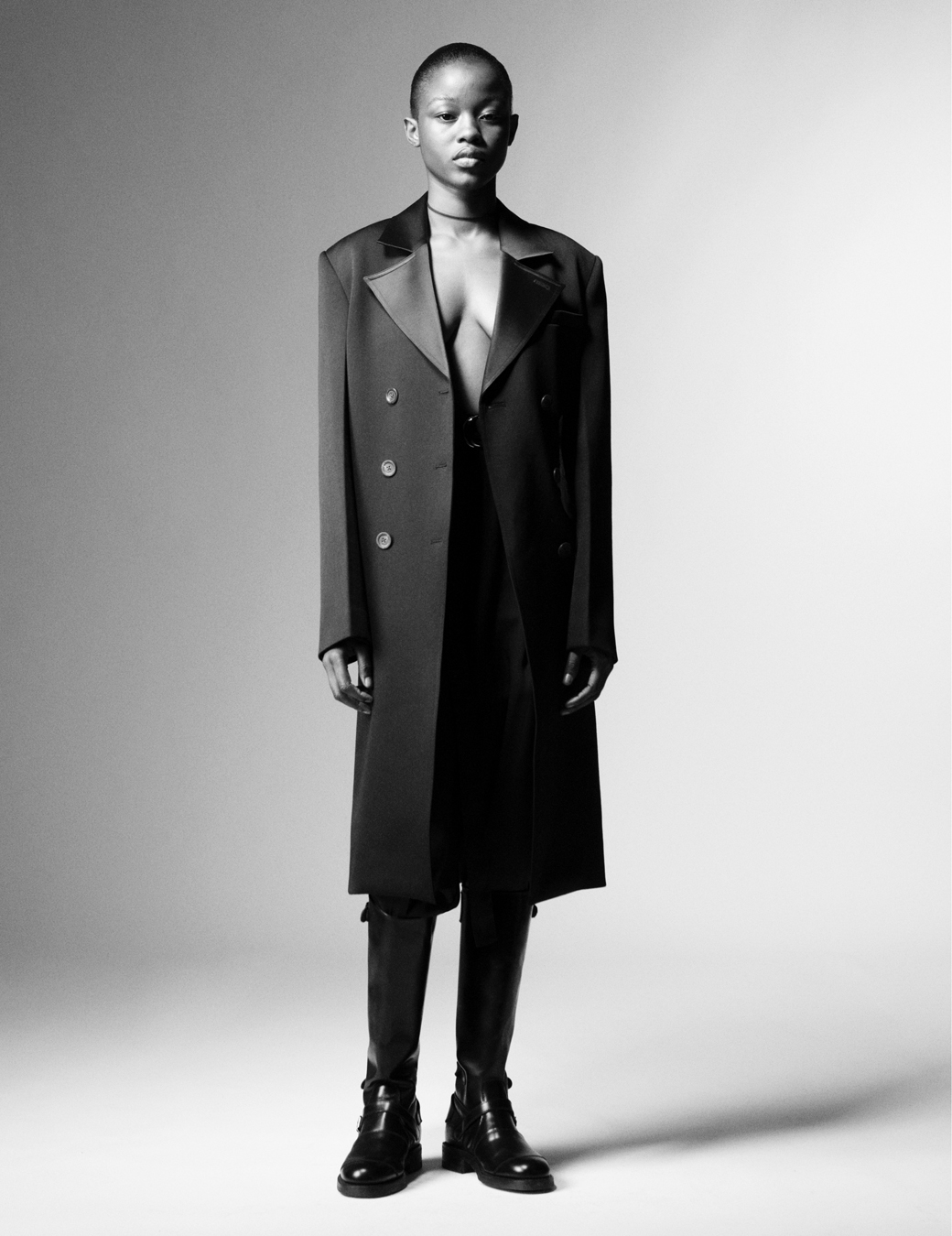
As Peter Do explained in a handwritten note, placed on every seat of his show, the show was like traditional Vietnamese pho. The ingredients are relatively few – his late father’s pho included beef, pork bones, spices, dry shrimp, and rock sugar. Although simple, it takes “years of trial and error”, the most crucial ingredient of all being a hefty dollop of patience and love. Any good pho, Peter explains, is born from hours of reducing and editing, of boiling everything down until only a perfect, clear essence remains. It can’t be rushed with shortcuts, and there’s no hiding from the taste test. It’s the perfect analogy for the strange climate of luxury fashion during pandemic times.
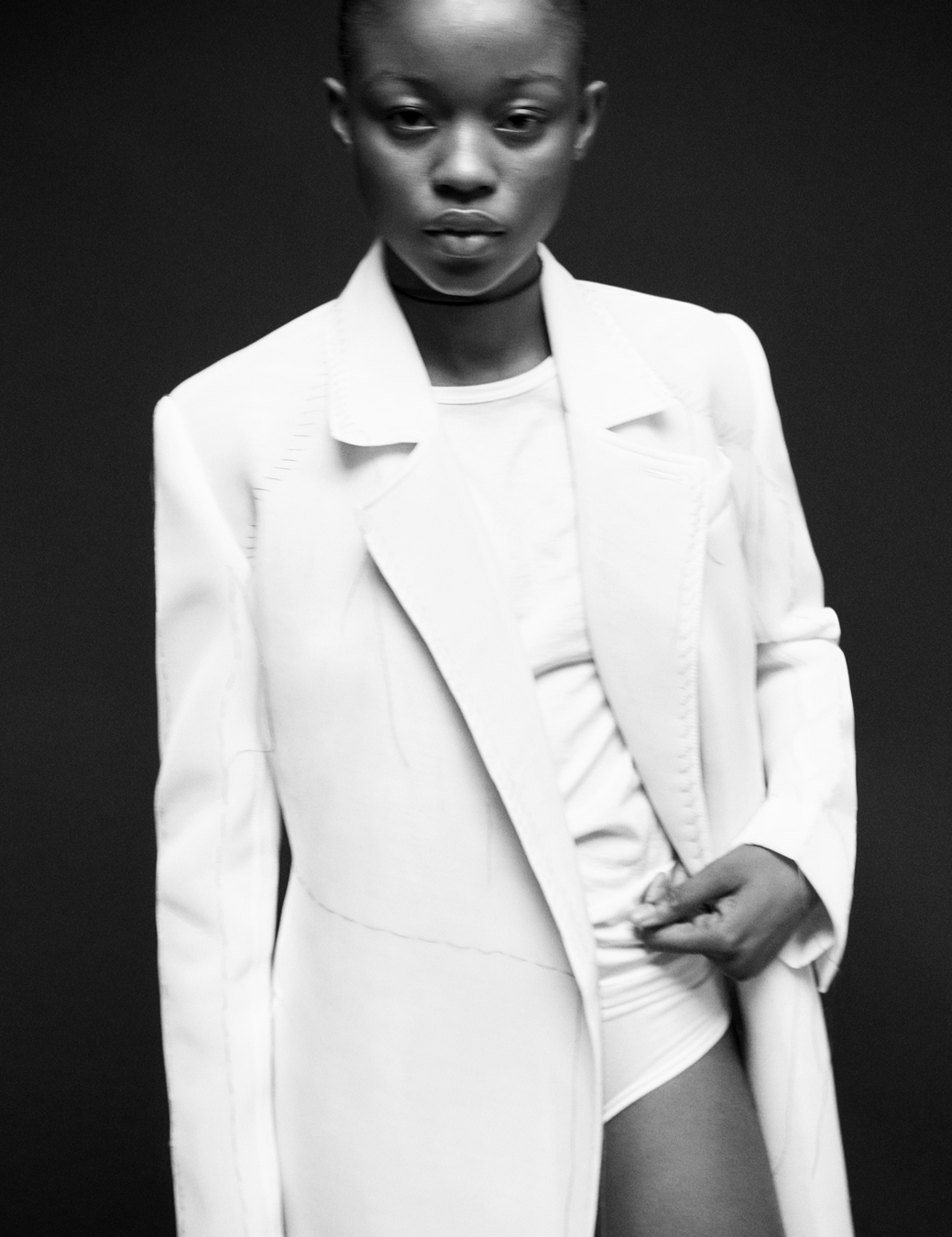
As it happens, it was probably the best show at New York Fashion Week this season, and a cipher for the city’s shifting guard of designers. Partly inspired by the concise wardrobe of his hardworking grandmothers and aunts – who often wore tunics over trousers for work and leisure, as “there wasn’t really a luxury of dressing to express yourself” – and partly in service of “satisfying women’s needs with function and practicality”, Peter revisited his first collections; stripping back silhouettes with an obsessional and self critical attention to detail. “It needs to feel like something that can carry through the day without weighing you down,” he points out. “There is something that we haven’t discussed, after the past four years, which is that there’s strength in being vulnerable. There’s strength in softness.”
“We looked back to where we started when we had no customers, no press, no money. It was just us in an empty room making things that we love. It all started from there.”
Lightness, too: here were silk-knit riffs on traditional Vietnamese áo dài – long, open-sided tunics worn over generously cut trousers – and gossamer silk shirting with watercolour floral motifs; sensual, cut-out knits you could sink into and fluid satin trenches. Also, there were feather-light chiffon versions of the four- piece suit that Peter made his name with four years ago. Embroidery referenced a snapshot of his mum and dad in which his mother holds a rose. Set outside, against the blue skies and with the Manhattan skyline in the background, the models looked like women elegantly striding towards their offices and school runs, perfectly attired for the spectacle of everyday life.
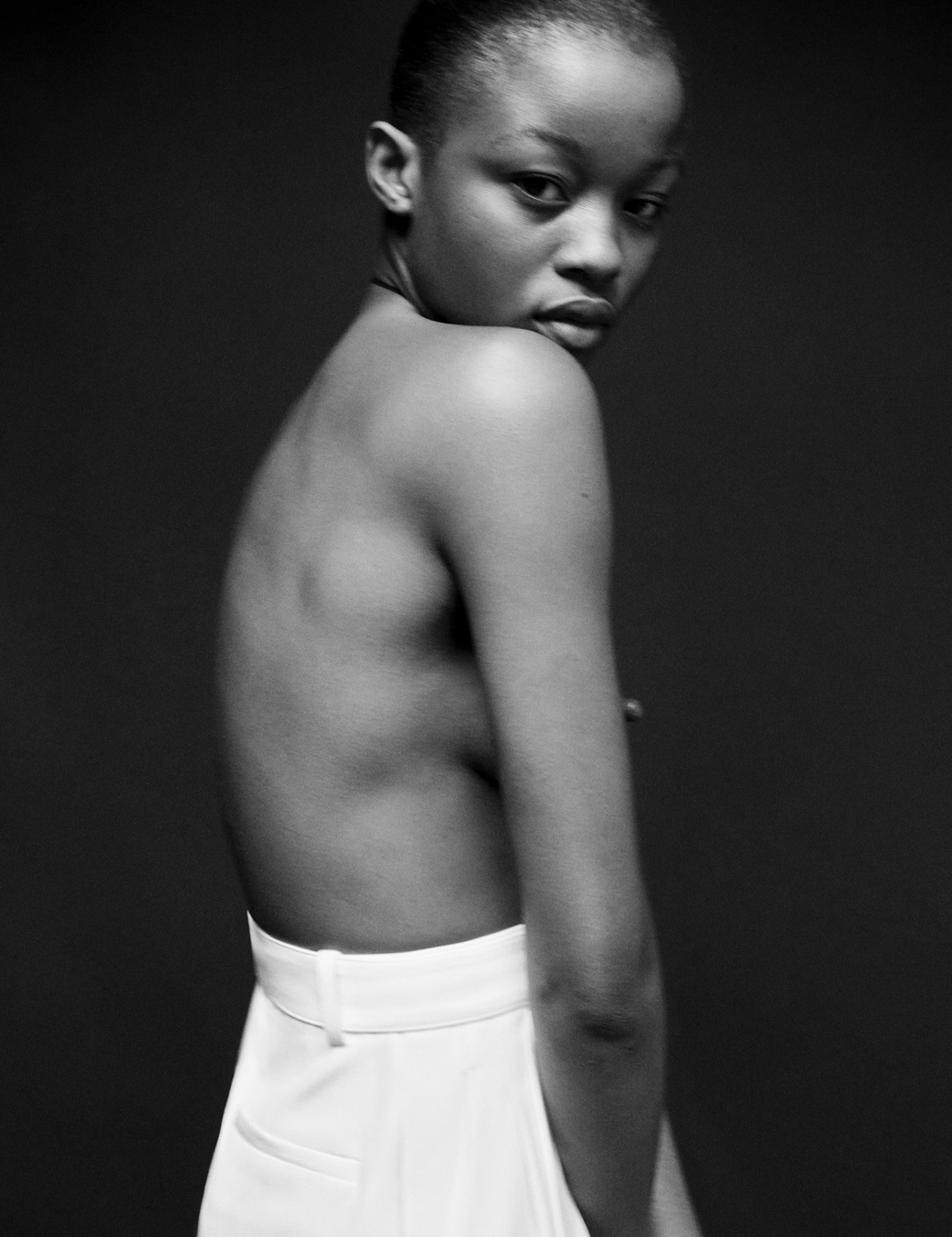
It was an incredibly personal collection, an ode to Asian mums and their resilience. This was pertinent not solely because of – but certainly in light of – spikes in hate crimes towards Asian-Americans across the US during the pandemic. Something not lost on Peter and his all-Asian team, who took their bow together. A reminder that the ‘Peter Do’ label is a collective, not an ivory tower.
“There were a lot of emotions going on, because my grandmother just passed away that week from Covid, and I was thinking about my dad who couldn’t be there at the show,” Peter says. Looking back at his earlier collections tapped into that nostalgia. “We looked back to where we started, how we were designing things before we were worrying about sales when we had no customers, no press, no money,” he reflects. “It was just us, an empty room, making things that we love. It all started from there.”

Raised by his grandmother on farmland an hour outside Ho Chi Minh City, Peter moved to suburban Philadelphia for high school – and hated it, he says. But it was there that his mum bought a $20 sewing machine from K Mart, and began teaching him how to thread a bobbin and attach a zipper to fabric at the kitchen table. Suddenly, he had something to retreat into. “This was before I knew about fashion with a capital F,” he says with a smile.
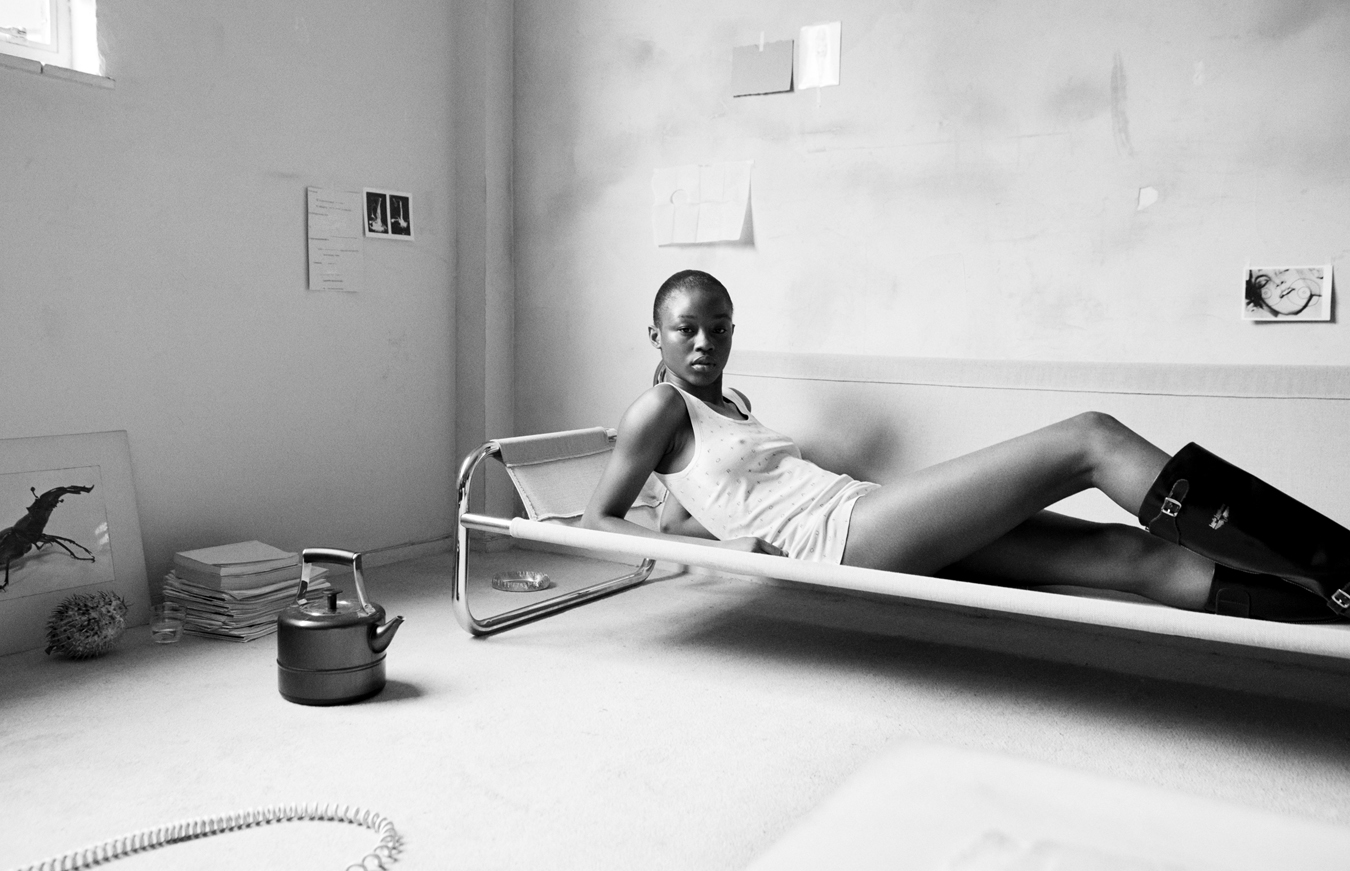
Within a few years, he headed to New York to study at the Fashion Institute of Technology, and in his final year he won the LVMH Graduate Prize and an internship with whichever of the conglomerate’s fashion brands he wanted. He chose Celine, naturally, where he eventually landed a job working for Phoebe Philo, who similarly ushered in a hyper-focused vision of female friendly and stripped-back fashion at the turn of the last recession.
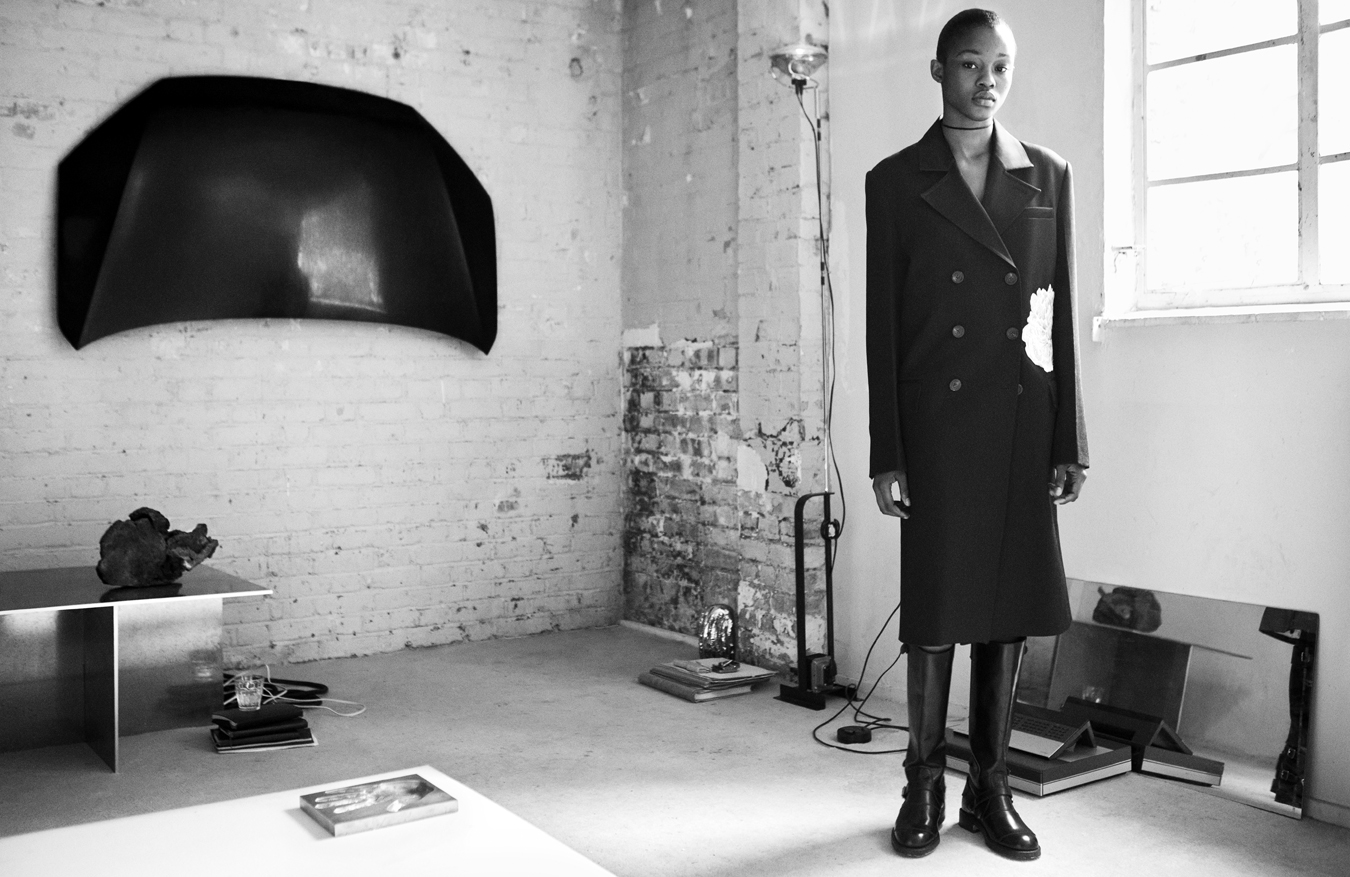
He’s come a long way from those days of anonymously toiling in the Celine studio, but despite the dizzying heights of Peter’s success, the core of it is still that teenager obsessing over a top-stitch and the fusing of linings. It makes sense that when it came to thinking about his first show, he and his team revisited catwalk classics, like Tom Ford at Gucci, Helmut Lang and Alexander McQueen (SS10’s Plato’s Atlantis is his favourite). After the show, just like true fashion nerds, they found themselves eagerly awaiting the close-up detail shots of the collection, the kind that he would once scour blogs for during fashion weeks.
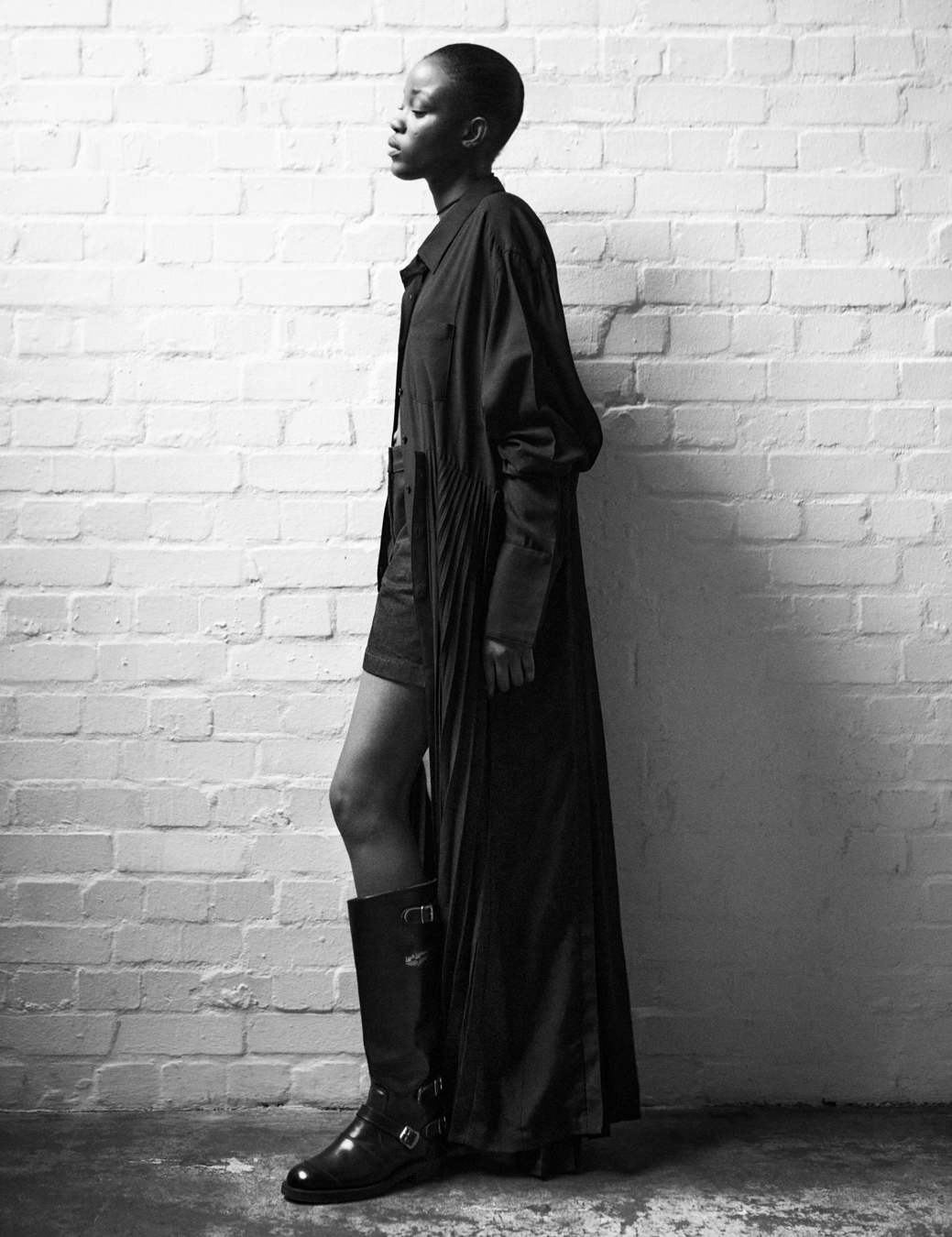
“I thought it’s really cool that now we’re in the same spot where the clothes that we’ve made are now on inspiration blogs, and could inspire a whole new generation of people and students who, you know, are like the late night Tumblrers we used to be,” he laughs. And it goes to show that despite the very old-school discretion of his designs, ultimately Peter and his team are building a new kind of house for true sartorial experimentation – the kind that resonates with digitally plugged-in fashion fans, just like themselves. “Hopefully, there are kids that see this, and they’ll meet their four or five friends and start their own brand as well,” he adds. To bring it back to food, just like any dinner party, the more tables with more seats, the better.

Credits
With thanks to Tiffany & Co.
Peter Do fashion feature
Photography Rory van Millingen
Fashion Louis Prier Tisdall
Hair Amidat Giwa at Bryant Artists using ORIBE
Make-up Mel Arter at Julian Watson Agency using Armani Beauty
Photography assistance Wynston Shannon, Felix Turnbull-Walter and Andrew Moores
Casting director Samuel Ellis Scheinman for DMCASTING
Casting assistance Chaouib Arif
Model Precious Kevin at Titanium Management
All clothing Peter Do SS22. All jewellery worn throughout Tiffany & Co.
Portrait of Peter Do
Photography Mario Sorrenti
Fashion Alastair McKimm
Hair Bob Recine
Make-up Kanako Takase at Streeters using Addiction Beauty
Photography assistance Kotaro Kawashima and Javier Villegas
Digital operator Chad Meyer
Fashion assistance Madison Matusich, Milton Dixon III and Casey Conrad
Tailor Joel Gomez
Hair assistance Kazuhide Katahira
Make-up assistance Kuma
Production Katie Fash, Layla Néméjanski and Steve Sutton
Production assistance William Cipos
Casting director Samuel Ellis Scheinman for DMCASTING
All jewellery worn throughout Tiffany & Co.
